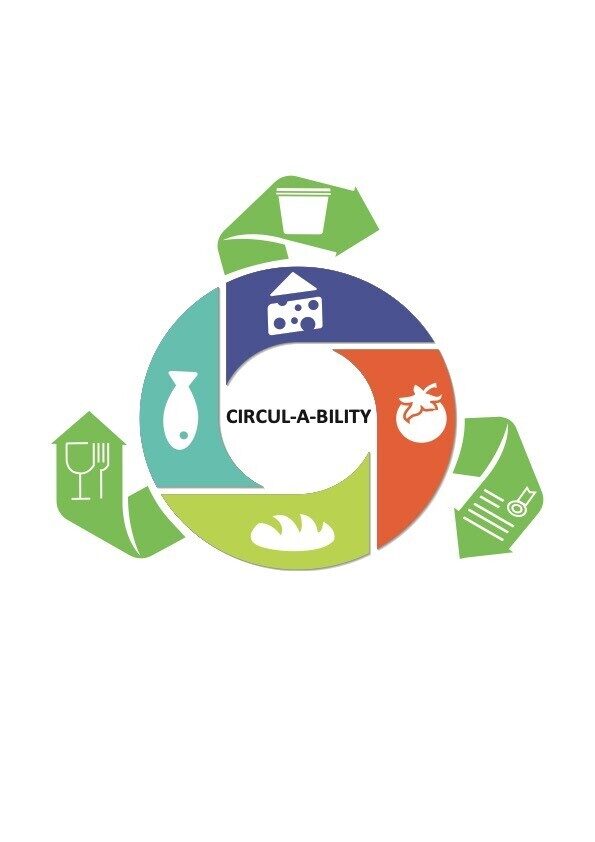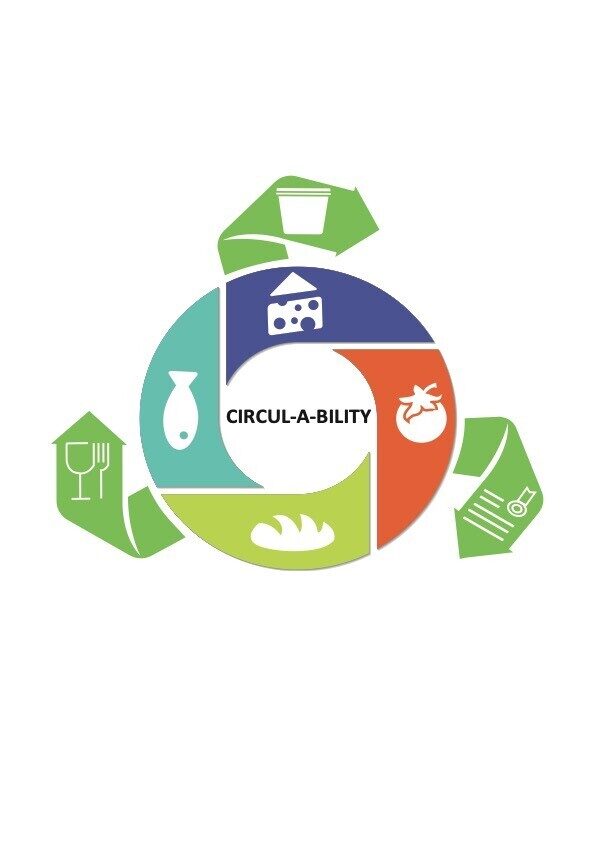CIRCUL-A-BILITY
Rethinking packaging for circular and sustainable food supply chains of the future

CIRCUL-A-BILITY addresses the technological barriers specific to product categories and supply chains by creating a network with four technical working groups dedicated to harmonisation, and one to communication. This allows to improve decision making processes and coordination of research efforts while providing a holistic approach to the global problem of food packaging.
The most widely used packaging of food and consumer products are plastic materials as a result of their light weight, cost, and material properties (mechanical strength, transparency, permeability, heat sealability). In Europe, about 40% of the plastic produced is used for packaging, and about 40% of this plastic is recycled. To decrease the impact of packaging on the carbon footprint of food products, the industry has initiated a series of measures, which include removal of excessive packaging and packaging weight reduction.
Some of the questions that this Action strives to answer are:
- How can the sustainability of food packaging (in connection to the food it protects) be best assessed?
- What industrial packaging solutions fit best for circularity, and how to measure the best fit (see Fig.2)
- Are current practices best practices? Are changes needed to food processing and distributions? Should “food supply chains” change to implement more sustainable packaging solution?
- Which consensus and data are needed to ensure appropriate legislation and facilitate the application of sustainable solutions?
- How can we increase consumer trust by improving transparency and guaranteeing food safety of the food, package, and their interactions?
- How can we engage with consumers in the co-creation of a more sustainable food packaging circular economy?
